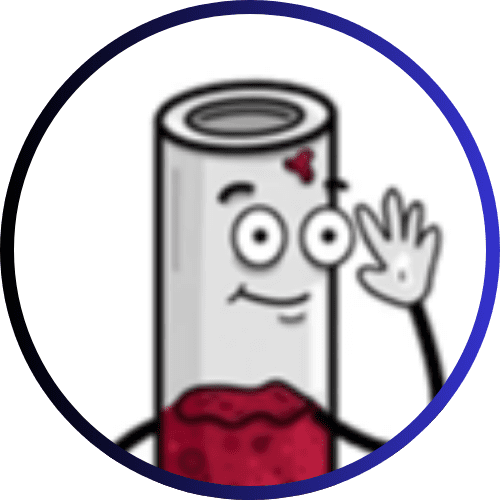Novel reaction revolutionizes drug synthesis: Breakthrough in nitrogen chirality
A research team at the Max-Planck-Institut fĂŒr Kohlenforschung in MĂŒlheim has tackled a long-unsolved problem in chemistry and thus created new opportunities for the development of active ingredients, catalysts and materials. The results were recently published in the journal “Nature”.
The team developed an innovative catalytic reaction that makes it possible for the first time to produce stable, open-chain amines with nitrogen chirality. While the selective production of chiral molecules is already well established in carbon-based compounds, the targeted synthesis of nitrogen-based chirality posed an enormous challenge. The reason was the ability of the nitrogen atom to fold over and lose chiral purity in the process.

The researchers overcame this problem by stabilizing the nitrogen by connecting two oxygen-containing groups, which significantly delayed the “flipping”. In combination with the addition of an enolsilane to a nitronium ion and a specially designed, highly limited chiral catalyst, the production of enantiomerically pure products was successful. The use of acid-based catalysts, a strength of the research group, played a central role in this.
The newly developed approach offers high selectivity and could be transferred to other pyramidal molecules. This method opens up promising prospects in pharmaceutical and materials science research, especially for the development of new active ingredients.
Original Paper:
The Asymmetric Synthesis of an Acyclic N-Stereogenic Amine | Nature
Editor: X-Press JournalistenbĂŒro GbR
Gender Notice. The personal designations used in this text always refer equally to female, male and diverse persons. Double/triple naming and gendered designations are used for better readability. ected.




